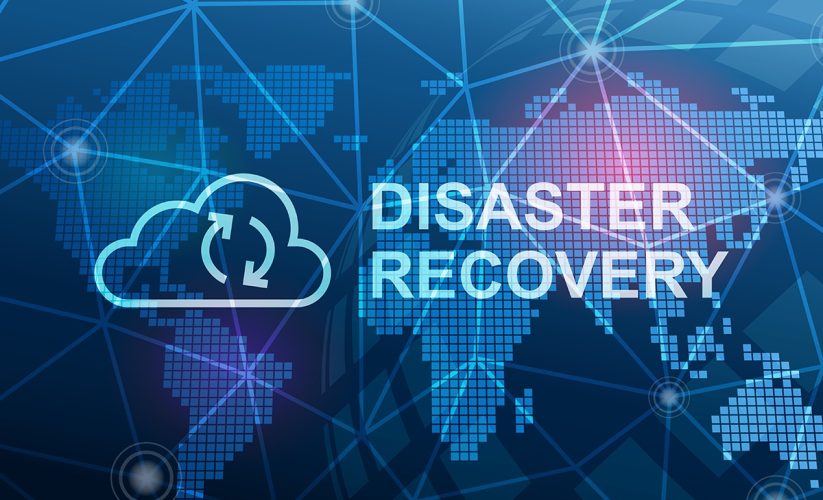
Key Features of Effective Disaster Recovery Service Solutions
In an increasingly digital world, small businesses face numerous threats that can disrupt operations and jeopardize sensitive data. From cyberattacks to natural disasters, the potential for downtime is ever-present. This is where disaster recovery services for small business come into play, providing essential solutions to minimize risks and ensure business continuity. Understanding the key features of effective disaster recovery service solutions is crucial for small business owners looking to safeguard their operations. This article explores the essential components that make disaster recovery services effective.
Understanding Disaster Recovery Services
Disaster recovery services are designed to protect an organization’s IT infrastructure and data, enabling quick recovery after unexpected incidents. These services encompass a variety of strategies and tools aimed at ensuring that businesses can continue to operate even in the face of adversity.
Why Effective Disaster Recovery is Crucial
- Data Protection: Businesses accumulate vast amounts of sensitive information over time. Losing this data can lead to significant financial losses and reputational damage.
- Minimized Downtime: The longer a business remains offline, the more revenue it loses. Effective disaster recovery solutions aim to minimize downtime, allowing businesses to resume operations swiftly.
- Regulatory Compliance: Many industries have specific regulations regarding data protection. A solid disaster recovery plan helps ensure compliance, reducing the risk of penalties.
- Business Continuity: Beyond just recovering data, effective disaster recovery services ensure that business functions can continue with minimal interruption.
Key Features of Effective Disaster Recovery Service Solutions
When evaluating disaster recovery services for small businesses, it’s important to consider several key features:
1. Comprehensive Data Backup Solutions
A fundamental component of any disaster recovery service is reliable data backup.
- Automatic Backups: Regular, automated backups ensure that critical data is consistently protected without requiring manual effort.
- Multiple Backup Locations: Effective solutions often offer both cloud and on-premises backup options, providing redundancy and flexibility.
2. Recovery Time Objectives (RTO) and Recovery Point Objectives (RPO)
Understanding RTO and RPO is vital for setting recovery expectations.
- RTO: This is the maximum time allowed for a business to be down after a disaster. Effective services should provide clearly defined RTOs that align with your business needs.
- RPO: This refers to the maximum acceptable amount of data loss, measured in time. A shorter RPO means that backups are frequent, reducing the potential for data loss.
3. Robust Security Measures
With the rise of cyber threats, security should be a top priority in any disaster recovery plan.
- Data Encryption: Effective disaster recovery services should offer encryption for data both at rest and in transit, ensuring that sensitive information is protected from unauthorized access.
- Multi-Factor Authentication (MFA): Implementing MFA adds an additional layer of security, helping to safeguard against unauthorized access.
4. User-Friendly Interface
A user-friendly interface makes managing disaster recovery solutions easier for small business owners.
- Simplicity: The best disaster recovery services provide intuitive dashboards and management tools that allow users to monitor backups and recovery processes without needing extensive technical knowledge.
- Customization Options: Look for solutions that offer customizable settings to fit your specific business needs.
5. 24/7 Support and Expertise
Access to expert support is crucial, especially during a disaster.
- Round-the-Clock Support: Effective disaster recovery services should offer 24/7 support, ensuring that assistance is available whenever needed.
- Industry Expertise: Providers with experience in your particular industry can offer tailored solutions that address your unique challenges.
6. Regular Testing and Maintenance
A disaster recovery plan is only as good as its execution.
- Backup Testing: Regular testing of backup solutions ensures that data can be restored successfully when needed. This process should be automated to ensure consistency.
- Plan Updates: As your business evolves, your disaster recovery plan should be updated regularly to reflect changes in operations, technology, and regulatory requirements.
7. Comprehensive Reporting
Effective disaster recovery services should provide detailed reporting capabilities.
- Performance Metrics: Look for solutions that offer insights into backup performance, including success rates and time taken for backups and restorations.
- Audit Trails: Comprehensive reporting helps track compliance and provides documentation for audits, which is especially important in regulated industries.
8. Scalability
As small businesses grow, their disaster recovery needs may change.
- Flexible Solutions: Choose a disaster recovery service that offers scalable options, allowing you to adjust your plan as your business expands or changes direction.
- Resource Allocation: Effective solutions should allow you to allocate resources based on your current needs, providing flexibility and cost-effectiveness.
Conclusion
Investing in disaster recovery services for small business is essential for safeguarding your operations and ensuring business continuity. By understanding the key features of effective disaster recovery solutions—such as comprehensive data backup, robust security measures, and 24/7 support—small business owners can make informed decisions that protect their valuable assets. A well-implemented disaster recovery plan not only mitigates risks but also provides peace of mind, allowing you to focus on growing your business with confidence.





